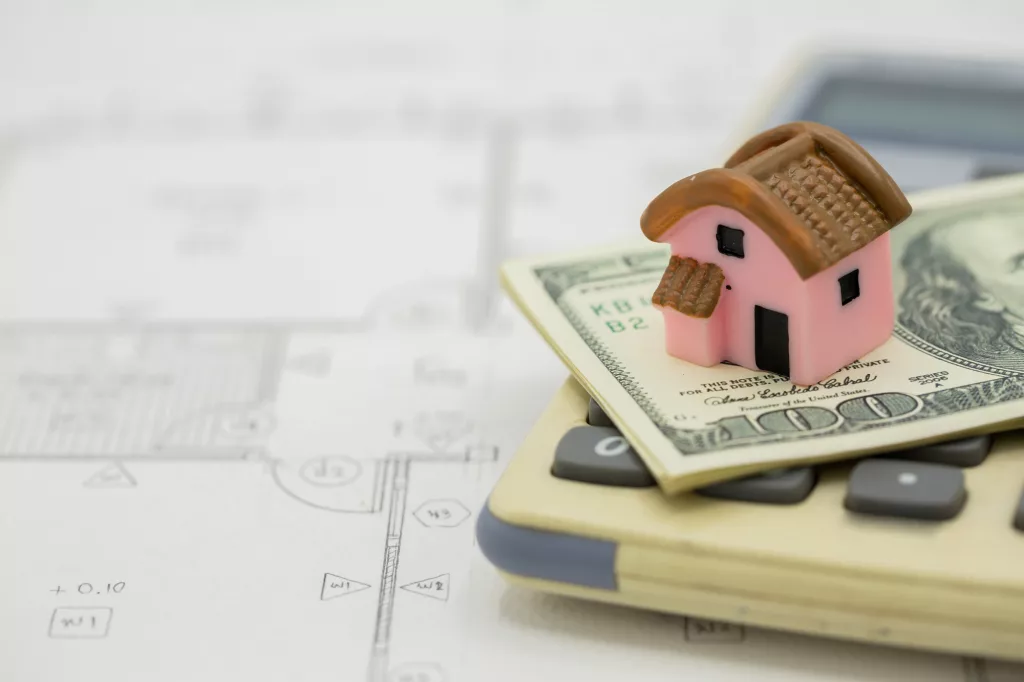What is an Amortization schedule in Home loan and method to calculate it ?

Paying a loan against property in equal monthly payments is known as amortization. Payments to the loan’s principal and interest are split evenly. Amounts paid toward the principle of a mortgage loan steadily increase over time as the amortization period progresses. Fixed-rate loans, on the other hand, see their interest payments fall each month.
On your amortization plan, the total amount of principal and interest paid over the course of time is shown. Using this calculator, you can see how your monthly payments will change over time.
How long does it take to pay off a loan?
Using a loan amortization plan provides you with the most fundamental facts about your loan and how you’ll pay it off. An amortization schedule generally lists all the monthly payments you’ll have to make over the course of the loan. The interest and principal portions of each scheduled payment are broken down separately. After each monthly payment, you’ll normally be given a breakdown of how much money you still owe on loan, so you can see how your overall debt will be reduced over time.
At the bottom of the amortization plan or in a separate section, you’ll normally find a summary of your loan payback. Summarizing your interest and principal payments will show how much money you’ve paid back throughout the length of your loan against property, as well as how much you owe.
An explanation of how Amortization functions
Analyzing an amortization table is the greatest approach to grasp the concept of amortization. With a mortgage, you’ll see a table like this in your loan documentation.
Using an amortization chart, borrowers may see how much of each monthly payment goes toward interest and how much toward the debt. The following information may be found in every amortization table:
- Payment schedule: Each month’s payment is given separately for the duration of the loan.
- After paying the interest on your loan against property, the remainder of your payment is used to work down your balance.
- You pay interest by multiplying the remaining loan balance by the monthly interest rate, which is deducted from each scheduled payment.
When it comes to interest and principal, you’ll pay a different amount each month, even if your overall payment remains constant during the term of the loan. Interest costs are at their greatest at the beginning of the loan. As time passes, a larger percentage of each payment goes toward paying down the principle, resulting in lower monthly interest payments.
Calculating mortgage amortization
Your loan’s amortization plan should contain a starting point, but when you begin to make extra principal payments, the figures shift. Online amortization schedule calculators can help you get an updated plan depending on a variety of criteria. Alternatively, if you want to do the math yourself, the method below will give you the monthly payment amount for your mortgage.
In order to calculate your monthly mortgage payment, use the following formula:
M= P[r(1+r)^n/((1+r)^n)-1)]
To accurately calculate your monthly mortgage payment, you’ll need to consider the following factors:
- M is the monthly payment on a mortgage.
- P is the loan’s principal amount.
- r is equal to the monthly percentage rate of interest (your annual interest rate divided by 12)
- Payback period n = number of loan installments you’ll have to make Payments total of 360 in a typical 30-year loan with 12 monthly installments.
To calculate your fixed monthly mortgage payment over the course of the loan, simply enter your information into the fields shown above.
Short-term or long-term loan against property should be based on your individual financial situation. For those who have a lot of money coming in each month, a 15-year loan or reducing your amortization timeline with additional payments may be the best option. For those on a stricter budget or who want to put their money to work elsewhere, the typical 30-year amortizing mortgage makes sense. Before purchasing or refinancing a property, take the time to research all of your lending alternatives. You should also be aware of how amortization will affect your monthly payments and the equity you may be able to gain in the future.







